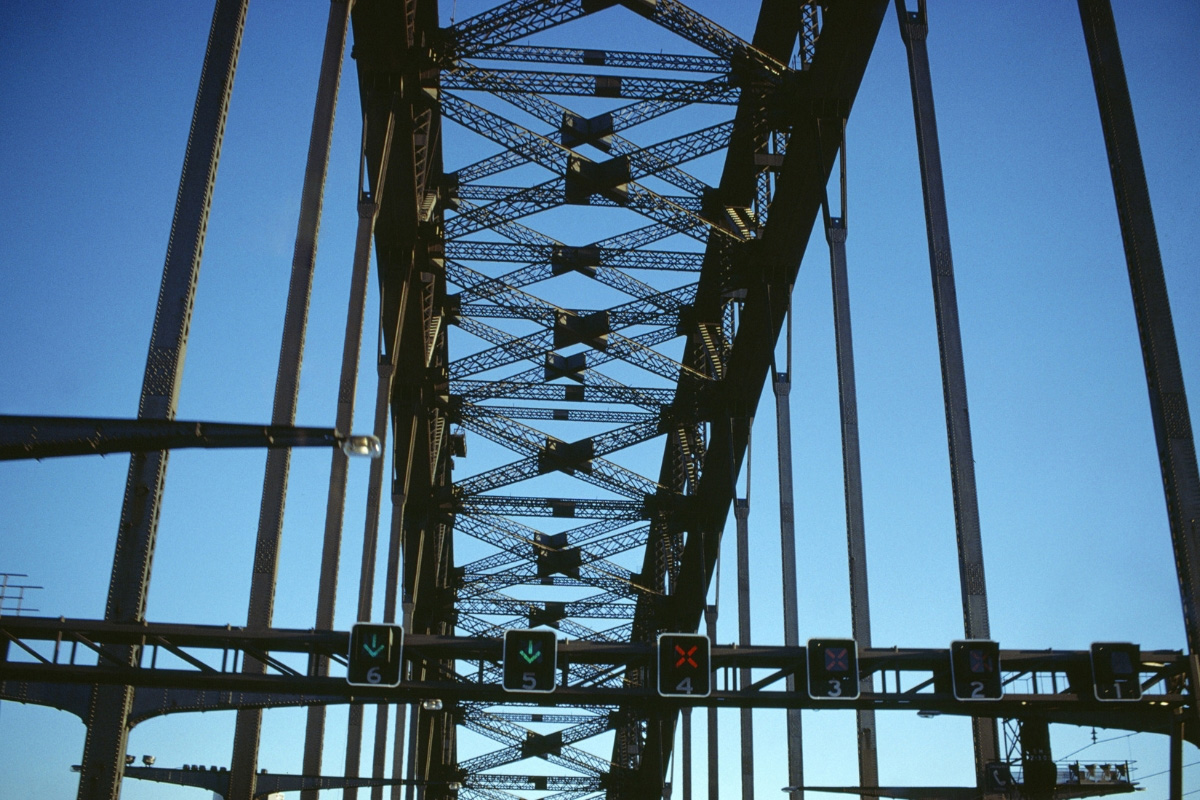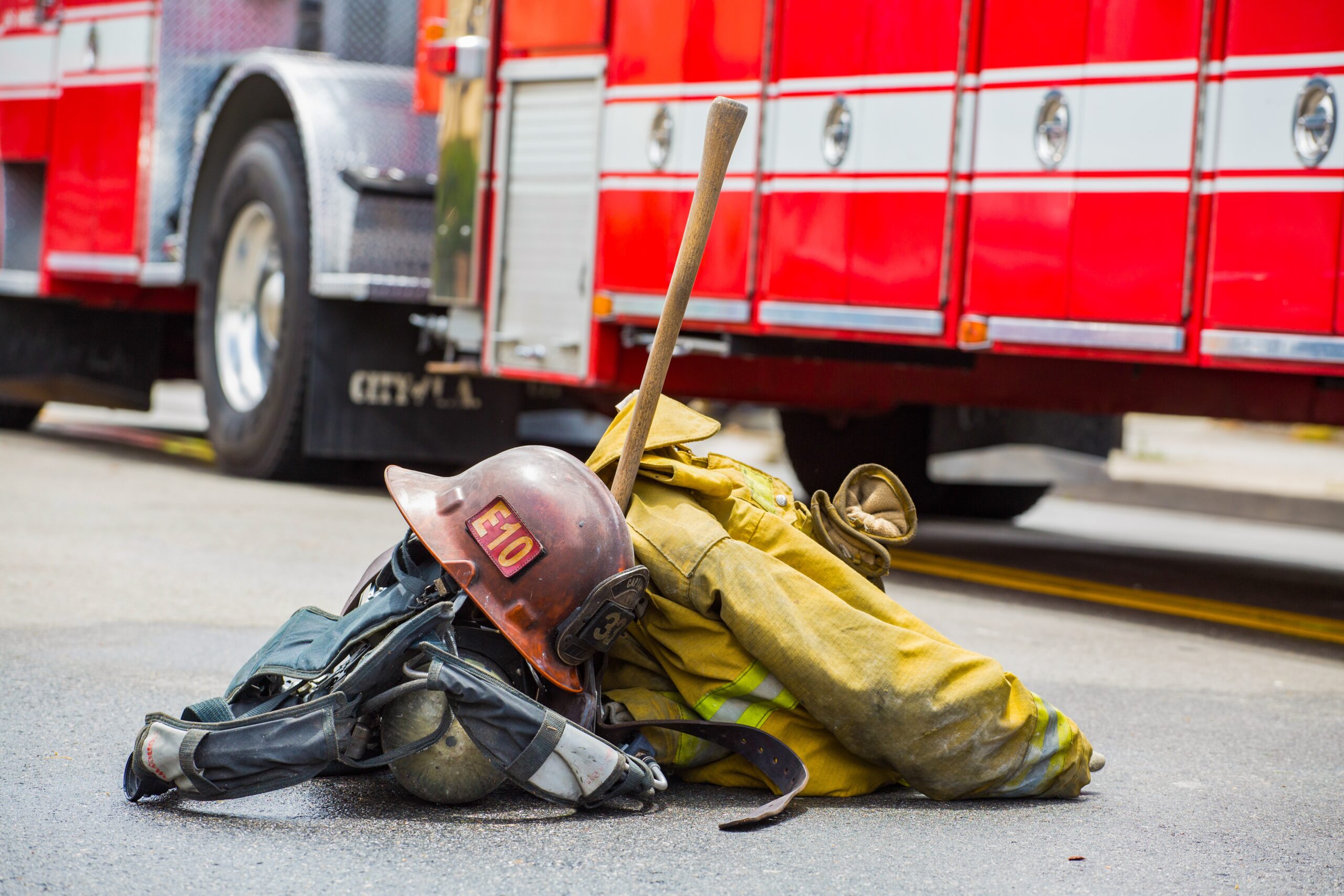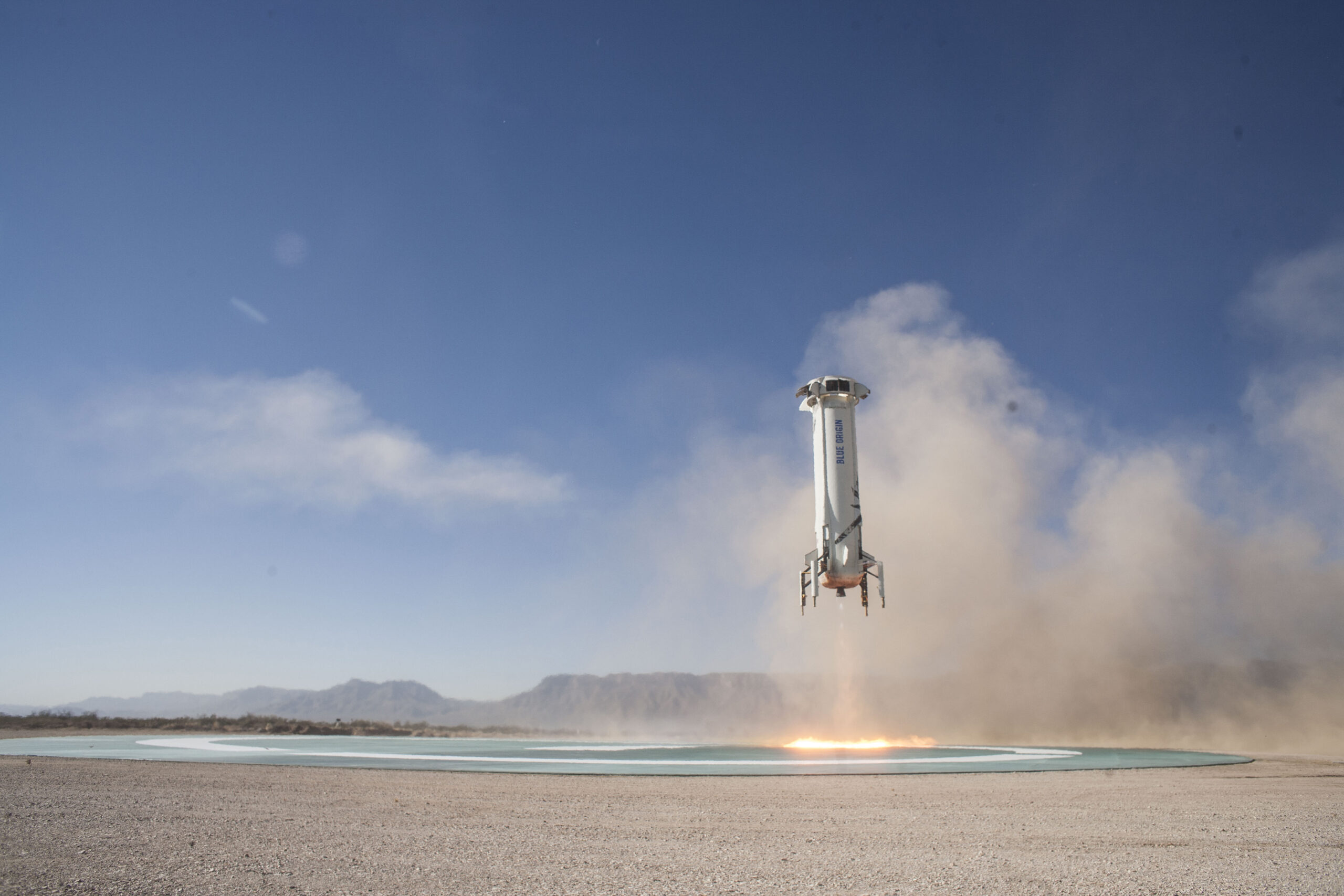“I was driving along the bridge, and at a certain point I saw the road in front of me collapse, and I went down with the car,” Davide Capello told reporters. “I was able to get out… I don’t know how my car wasn’t crushed. It seemed like a scene from a film, it was the apocalypse.”
Can you imagine if this happened to you?
On August 14, Davide Capello was driving along a section of the Morandi bridge in Italy when it collapsed during heavy traffic. Forty-three people lost their lives in this tragedy that day. Many were injured, and cars and buildings underneath the bridge were reduced to rubble.
In an eerie twist, it has been reported that in 2012, Genoa’s city council had discussed the bridge at a public hearing. During the meeting, an official warned of the bridge’s collapse “in 10 years”. It didn’t even make it that long.
What happens when people don’t come first.
The Morandi bridge, designed by Ricardo Morandi and completed in 1967, is an important infrastructure. It’s part of the major A10 toll motorway and links northern Italy to France. Since its collapse, it has been reported that the bridge had been decaying for decades. Major repairs had been done in the 1990s and restructuring work was completed in 2016.
The Italian Transport Minister, Danilo Toninelli, has publicly called for resignations at the Italian highways agency in charge of operating the bridge. “The top management of Autostrade per l’Italia must step down,” Toninelli posted on Facebook.
An official from Autostrade, Stefano Marigliani, responded by calling the collapse unexpected and unpredictable. “The bridge was constantly monitored and supervised well beyond what the law required,” he said.
Nevertheless, the Italian government has been very vocal about their opinion on Autostrade and has accused the company of favoring profit over safety. “A lot of money should have been invested in security, but instead it went towards dividends,” Deputy Prime Minister Luigi Di Maio told reporters.
Shares in Autostrade’s holding company, Atlantia, have continued to fall, and now Atlantia is being called upon to nationalize Autostrade (something that they have so far refused to consider).
What a mess.
Human-Centered Design could have prevented this tragedy and others like it.
Dr. Prabhjot Singh, Director of Systems Design at the Earth Institute, once commented that “we spend a lot time designing the bridge, but not enough time thinking about the people who are crossing it.” Although he wasn’t talking about a particular bridge at the time, his quote is spot on in the case of the Morandi bridge and others that have failed.
Although it was designed and built in the 1960’s, because of the looming risks identified, more should have been done immediately. When a product has the potential to cause loss of life, Human-Centered Design (which entails keeping people out of harm’s way and a cradle-to-grave design plan), needs to be made the number one priority. There is no excuse.
After the collapse, investigators saw rust at the top of the bridge’s tendons (arms). These tendons extend from the top of the bridge and sustain the weight of the road beneath it. While it’s not known if this was the cause of failure yet, it is a potential culprit. If there had been an immediate action taken once the risks had been identified in years prior – including the creation of a human risk mitigation plan – this disaster might have been avoided.
The collapse of the Morandi bridge isn’t the only bridge failure that has captured headlines this year. On March 15, the Florida International University (FIU) Sweetwater UniversityCity pedestrian bridge collapsed onto U.S. Route 41, resulting in 6 deaths and 9 injuries. While this structure was originally supposed to be a footbridge for students, millions of dollars in federal stimulus grants drove the University’s desire to create a striking, yet unconventional concrete structure. What designers seemed to overlook was what would happen when a large amount of structural stress was placed on a single diagonal strut. Just because something looks nice, doesn’t mean it will work or that people will use it or behave in a manner you anticipate.
Bad design is often the cause of product failure.
Had user analysis and testing been involved, the designers of the FIU bridge would have had the complete picture of use and understood the human risks involved in their design. As for Autostrade – although they were informed that the Morandi bridge needed to be rebuilt, they did not appreciate the human risk potential associated with the novel design. All too often, lack of foresight or the focus on a product’s looks rather than its usability destroys its chances of success and introduces catastrophic risk potential.
The Morandi bridge was built with 4 tendons. However, current day bridge construction practice utilizes up to 40 tendons for similar type structures. The Morandi bridge was also built with reinforced concrete. These days we know that reinforced concrete contains steel, which rusts and is prone to weakening. While the original designer may not have realized this huge potential for failure, Autostrade was aware of the ailing bridge and should have addressed the risk to the users – even if it meant a total rebuild. Just because something hasn’t happened, doesn’t mean it won’t!
If Autostrade had Human-Centered Designers in place, they would have worked with engineers to consider other factors that could contribute to failure, such as traffic and use behavior. Over 25 million vehicles pass over the bridge each year. Back in 1967, heavy traffic wasn’t a concern, but it should have been today. Obviously, high volume can cause intense degradation of a bridge’s structure every single day. There are even weather factors to consider, as there were heavy winds and storms passing through the area at the time of the collapse.
While no one knows exactly what caused the collapse yet, it could have been avoided given the inspection reports. Lives would have been saved if people were put first. The same is true for the FIU bridge. While lawsuits and court cases are still pending in the FIU bridge case, the Italian bridge stewards, Autostrade, continue to deny that they are at fault. The fact that this company currently runs 1,964 miles of highways in Italy is disturbing. If Human-Centered Design methodologies and cradle-to-grave design thinking practices aren’t put in place for these additional roads and bridges, we should all fear what could happen in the future. However, we are in a powerful position to prevent any future occurrences given what we have learned with the FIU and Morandi bridge outcomes.






